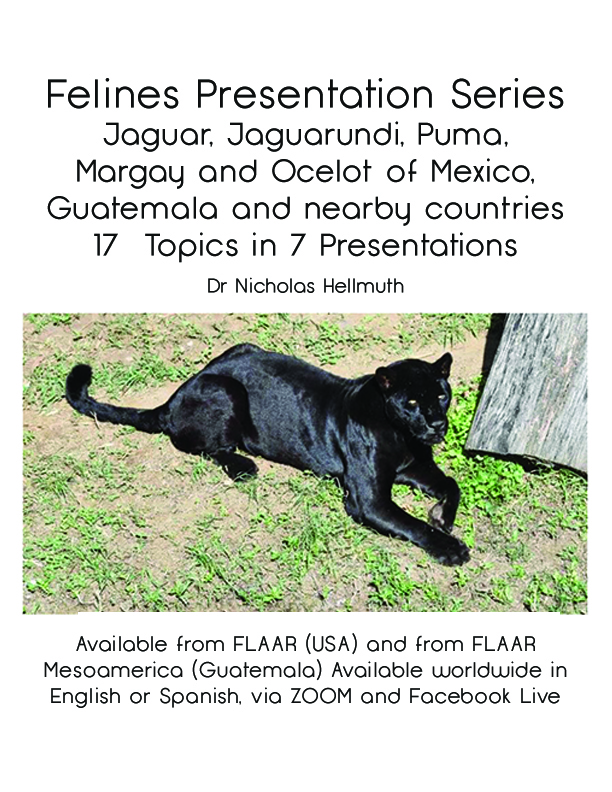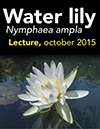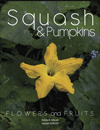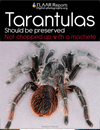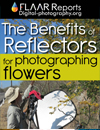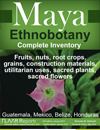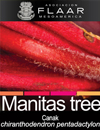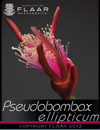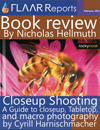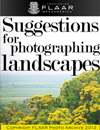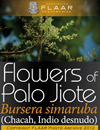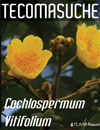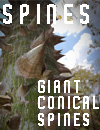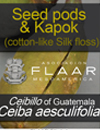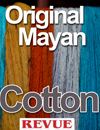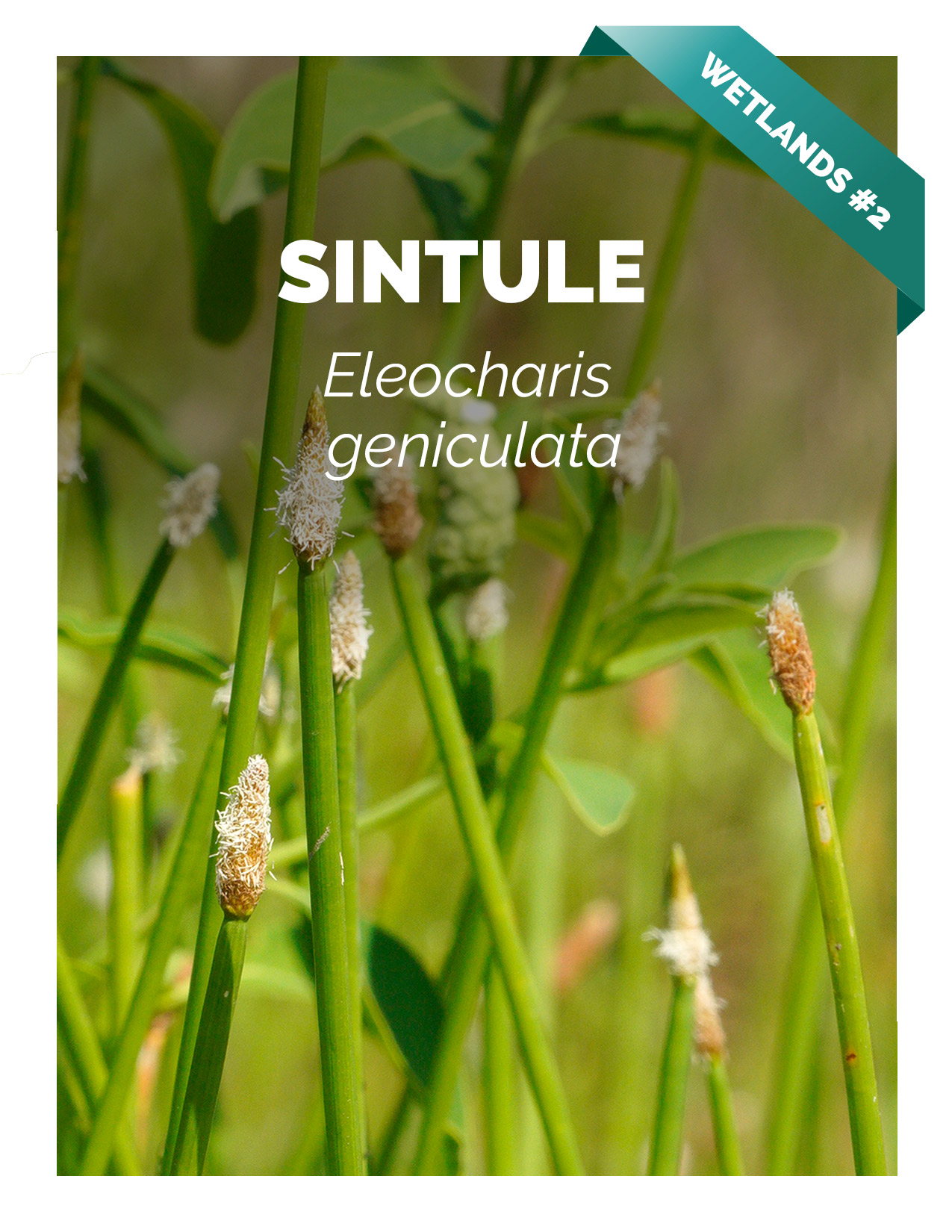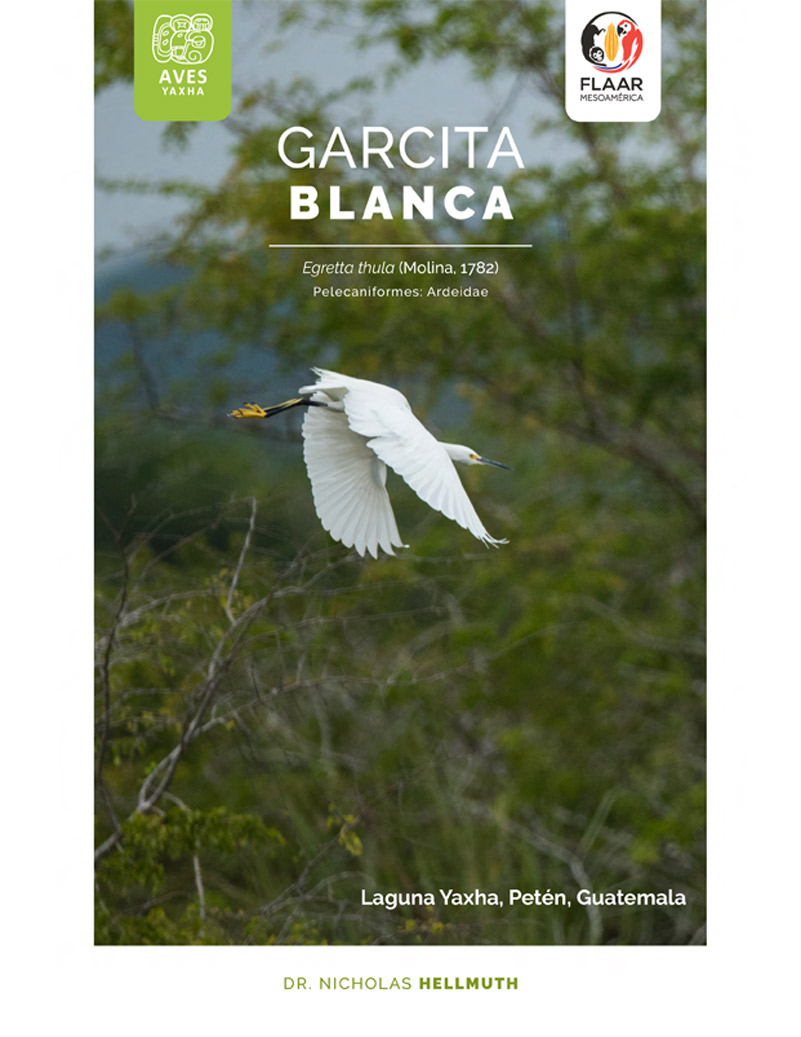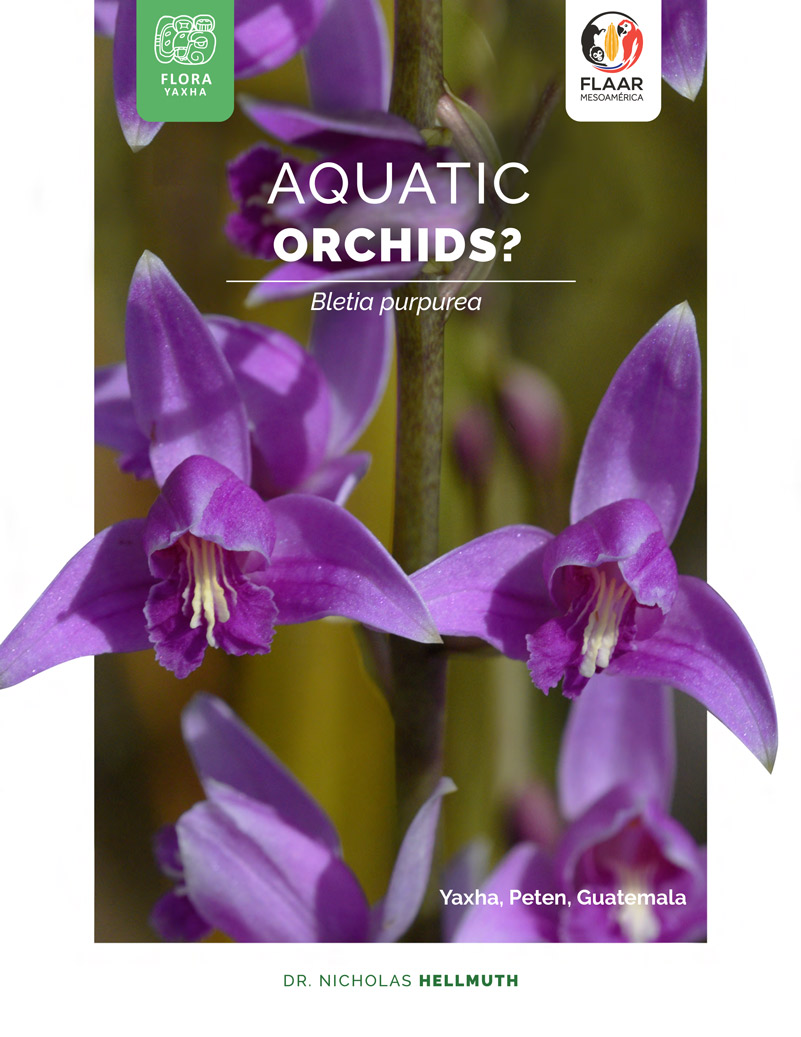What is vanilla?
Vanilla is the specially harvested and long-term cured seed pod of an orchid vine native to Guatemala, Belize, and most of Mesoamerica, but is best known from Papantla, Veracruz, Mexico. Fortunately for our chocolate flavoring research project vanilla orchids are also occasionally raised in Guatemala. You can find vanilla in Alta Verapaz and Peten, and sometimes in the Costa Sur. I would not be surprised if vanilla orchids might be found in the Izabal area of Guatemala also.
What is vanilla extract?
As a child I must admit that I enjoyed vanilla extract. However I have not sampled any for the last 50 years. I myself use very few spices (in a humid climate most spices gum up or get mold or insects set up housekeeping inside the containers).
Considering the cost of real vanilla pods, I bet that most vanilla extract today is from a chemical factory, and not from an orchid vine.
Vanilla seed pods make vanilla a definitely aromatic plant, suitable for aromatherapy
When working with vanilla orchid plants out in vanilla plantations I do not notice much aroma. Plumeria rubra is rated as being very aromatic, but in my scale it emitsonly a bit of aroma.
Perhaps these plants do not impress my nose as much since I am used to huelle de noche and Brugmansia, since these are common decorative plants in the gardens of most hotels, fincas, and people’s houses throughout Mesoamerica. In comparison, a blooming vanilla orchid is not very noticeable.
But after the pod has been harvested and cured for months, then you can consider it is an aromatic plant. Now you can start considering this for aromatherapy. However at present, the goals of our Mayan ethnobotany research is to identify all utilitarian plants, to build up a good bibliography, to locate and publish where and when the plant flowers, and then to capture the absolute most informative and gorgeous photographs possible, to document to the world the natural beauty of Guatemala.
We do not test or administer these plants, though I have found that soup of chipilin leaves (Crotalaria longirostrata) definitely puts me to sleep at night. This plant is common in most kitchen gardens throughout Guatemala.
Here is the Vanilla orchid
The history of vanilla among the Totonac, Aztec, and Maya
Everything about the history of vanilla among the Totonac, and from them the Aztec, is already in every major book on vanilla. But not many books on the agriculture of the Mayan people discuss raising vanilla in the Maya areas, especially Tabasco, Chiapas (Mexico), Guatemala, Belize, and appropriate eco-systems of El Salvador and Honduras (the areas of Maya influence in Mesoamerica).
Tabulation of indigenous terms for vanilla In Mesoamerican languages
We have a long-range interest in linguistics, but our primary goal is to find where each utilitarian plant can be found. Much of our research is involved in studying to determine in what month each species flowers. It took several years to locate when and where to photograph vanilla flowers. So we apologize that our linguistic tabulations will take a while to become realistic (we are seeking funding). But in the meantime, here at least are the words for vanilla in Yucatec Maya and K’ekchi’ Mayan languages, and basic Nahuatl.
Che’sib’ik, Q’eqchi’, Alta Verapaz. Che’ is the generic word for tree, so sib’ik is what counts here.
Siisbik, Siisbik-k’aak (Mendieta and del Amo 1981:348).
Tlilxochitl, Nahuatl
Learning about vanilla flavoring for chocolate in Guatemala
Prensa Libre, Guatemala City, 31 Diciembre de 2009, page 26, states that the commercial species of vanilla that is being grown in Alta Verapaz department (south of Peten) is not native to this region, but that there is a wild vanilla around, but was not as productive.
They say they get their Vanilla planifolia Andrews from Rapidos Che’sib’ik, 40 km from Cobán.
The report covers plantations at Canaan, El Triunfo, Asociacion de Vainilleros de Guatemala (Vaidegua) (unfortunately the telephone listed for this association no longer reaches Vaidegua; so we do not know whether any vanilla growing organization exists any more.
The Prensa Libre article says during March, April, and May the farmers must pollinate the flowers by hand.
Getting accurate answers about vanilla orchid vine Vanilla is not a parasite
It is typical of copy-and-paste web sites to be inaccurate. Thus it is worth pointing out that I doubt a vanilla vine is parasitic.
Vanilla as an aphrodisiac?
I have never been convinced that tomatoes, pineapples, or avocados are aphrodisiacs. If you and your partner want to have pleasure together, and everyone tells you tomatoes, pineapples, or avocados will get you on, you will jump into bed anyway. None of these fruits will make much difference (though all are healthy in general).
But if your partner sniffs an orchard full of Brugmansia, and sniffs a forest full of huele de noche (night blooming jasmine), nothing would surprise me. But again, I think both the man and woman would have been ready for mutual acrobatics before breathing in all these frankly remarkable plant odors.
But if the women is chaste, and is not particularly ready to jump into bed with you, I am not even sure that Brugmansia or huele de noche would help. I estimate that more than 60% of the “aphrodisiacs” work only if both partners have already decided to enjoy being together in bed.
Since true vanilla is expensive, and is not readily available in most supermarkets, I have never tried vanilla with a girlfriend. But even if taken as an alcohol-based drink, I am not pre-convinced that vanilla would cause a partner to suddenly take her clothes off. If the alcohol alone did this, no surprise, but then again it’s the alcohol not the vanilla!
The Aztec emperor did not always need an aphrodisiac; he simply needed stamina. The women were already pre-prepared to sleep with him. If in the harem, that was their expectation.
Having been raised on a farm (in the Missouri Ozark mountain area, with lots of horses and cattle) I am well aware that the bull or stallion might be needed to provide breeding services quickly and for several females. And yes, there was a chemical for this.
And I would not be surprised that among the thousands of plants of Mesoamerica there are definitely a few which would function in a comparable manner, but this is not the purpose of our plant research. There are already articles on this (including one book from Mexico with a chapter or appendix specifically on plants for women to take for themselves) plus books by Ratsch and co-author on aphrodisiacs.
Since both cacao and vanilla are constantly listed as an aphrodisiac, I would at least like to comment: cacao by itself is definitely not.
What are the health benefits of vanilla?
Was vanilla medicinal for the Maya?
Medicinal plant lists are available for Mexico in general (Martinez 1992), for Yucatan in particular (see below) and for every culture in pre-Columbian Mesoamerica, from A to Z (Aztec to Zapotec).
The medical properties of vanilla are not as often studied as is the plant genetics and aromatherapy. Below we list a few titles on the medicinal aspects of vanilla.
In these photographs you can see the amazing Vanilla planifolia
Books on medicinal plants: Introductory bibliography on possible medicinal aspects of vanilla in the Maya area
- 2005
- Vanilla as a Medicinal Plant. Seminars in Integrative Medicine Volume 3, Issue 4, December 2005, Pages 129–131.
Although only a few pages long, this article discusses the medicinal uses of vanilla - 2006
- Vademecum nacional de plantas medicinales. Ministerio de Salud Publica y Asistencia Social; Programa Nacional de Mexicina Popular Tradicional y Alternative, USAC.
We did not find vanilla listed as a medicinal plant in this edition; would need to check the 2009 edition also. - 1992
- La Plantas Medicinales de México. Editorial Botas, S.A. 656 pages.
Martinez (p. 504) calls it Vanilla planifolia Audr. And uses comments by Ximenez in 1615 to list the medicinal uses of vanilla.
- 1981
- Plantas medicinales del Estado de Yucatan. Instituto Nacional de Investigaciones sobre Recursos Bioticos, Xalapa, Veracruz, C.E.C.S.A. (Compañia Editorial Continental, S.A. de C.V.), Mexico D.F. 428 pages.
It is not surprising that 30 years ago botanists use different names. This book on medicinal plants of the Maya of Yucatan lists “Vanilla fragrans” as a “tonic and aphrodisiac” (page 348). I estimate the latter is because of the reputation; I myself am not yet convinced.
Vanilla to flavor incense?
There are plenty of Mesoamerican scholars who have studied cacao in depth. And there are lots of botanical studies of vanilla of the Papantla area of Veracruz, Mexico. But it would be helpful if a graduate student would do a dissertation on vanilla in pre-Columbian Mesoamerica, and look at all areas of Mesoamerica (so more than just Veracruz). And, look at every aspect of vanilla, such as whether vanilla was used to flavor incense before the arrival of the 1960’s!
Maya, Aztec, and Mixtec, Zapotec, etc incense was all flavored (and still is today). Many of the flavors are the same as used to spice up the taste of cacao. Several of the flavors for incense are flavors in lots more than just local chocolate-like drinks. But I myself have not yet found an ethnohistorical or ethnobotanical comment about this for Mesoamerica (keeping in mind I have over 400 other plants to study).
Review of flavorings for Maya and Aztec cacao
If you download our annual report for Mayan ethnobotany you will get a comprehensive list of flowers and seeds used by the Maya and Aztec to flavor cacao. Vanilla is only one of over a dozen ingredients. Vanilla is also one of the few pre-Columbian flavorings which is still used around the world with cacao. Not many people in Germany or Australia or USA drink their cacao with achiote red powder (nor with chile peppers either).
he medical properties of vanilla are not as often studied as is the plant genetics and aromatherapy. Below we list a few titles on the medicinal aspects of vanilla.
First posted May 2014







